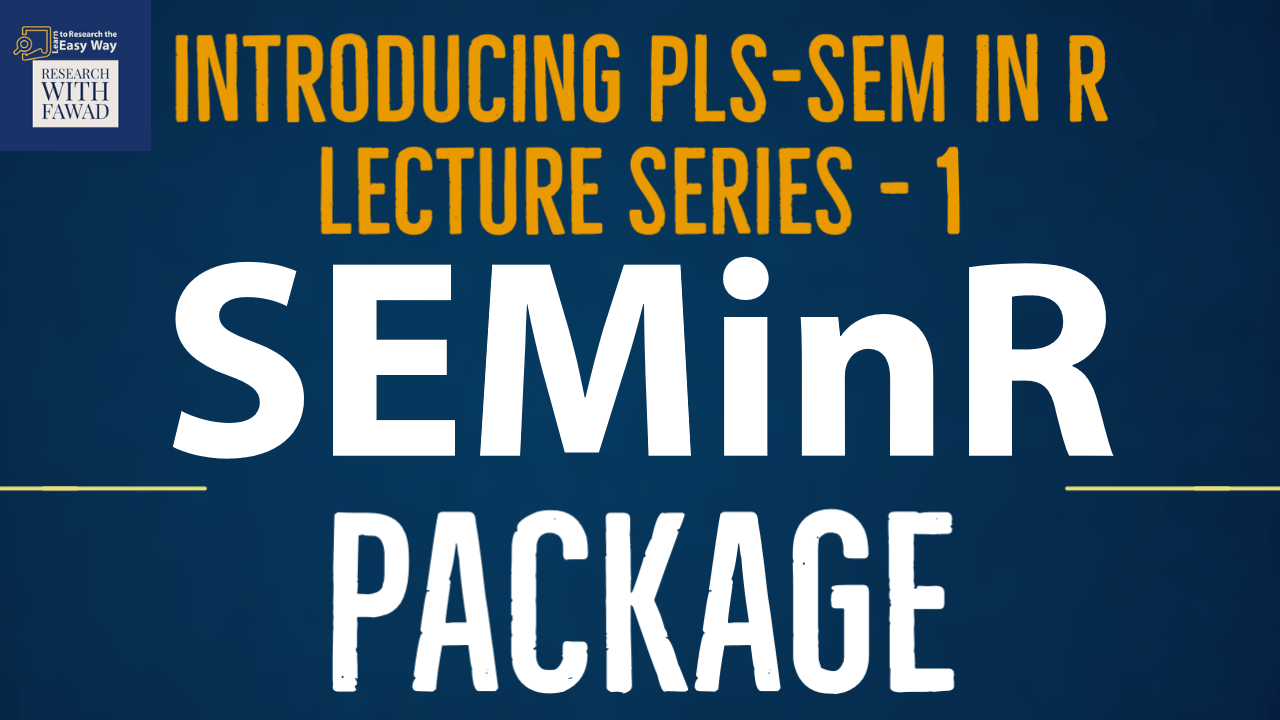
Introduction to R and R Studio
This is the first lecture in the series of lectures on how to use SEMinR package in R for PLS-SEM.

This is the first lecture in the series of lectures on how to use SEMinR package in R for PLS-SEM.
R Studio Layout
Additionally, you can also install a package from the menu.From Tools Select Install Packages
Table provides a summary of the syntax.
Before, we go into detail, lets explain
What is a Code?
What is an Argument?
What is a Code Block?
What is a Function?
Next,
Next,
Hair Jr, J. F., Hult, G. T. M., Ringle, C. M., Sarstedt, M., Danks, N. P., & Ray, S. (2021). Partial Least Squares Structural Equation Modeling (PLS-SEM) Using R: A Workbook.
The tutorials on SEMinR are based on the mentioned book. The book is open source and available for download under this link.